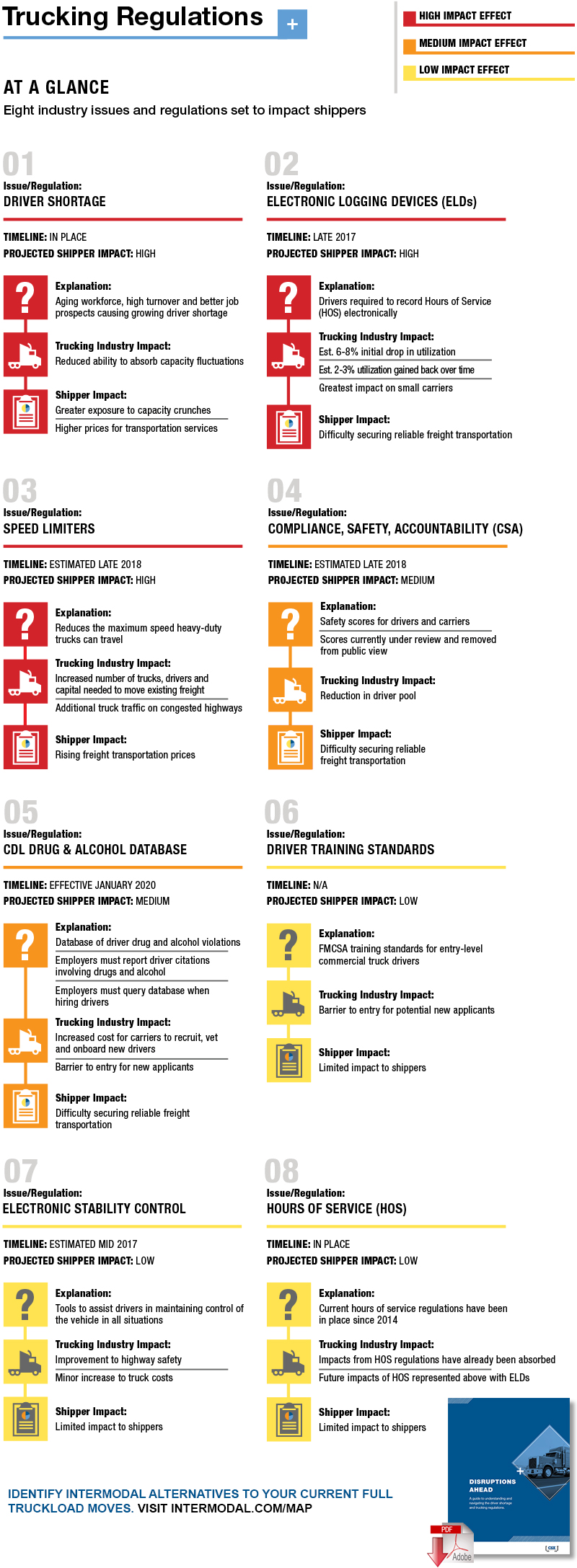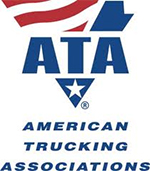The Never-Ending Truck Driver Shortage Story

In 2015, American Trucking Associations estimated that for-hire trucking companies had nearly 50,000 fewer drivers than they needed, the shortage was less severe in 2016, but the trade group expects it to worsen in coming years reported the Wall Street Journal.
When it comes to the state of what really feels like the never-ending truck driver shortage, everything is really out there for all to see as plain as day.
We talk and read and hear about how about the projected shortfalls in the difference between the actual number of drivers out there and what is actually needed.
And we talk about other things, too, like the aging truck driver workforce, potential drivers not wanting to be away from home for long stretches and, of course, the millennial effect, in which they would rather be doing something “cooler” than driving a truck for a living.
So, rather than seeing things improve or changing for the better on that front, the really consistent themes are the ones mentioned above unfortunately.
Why? Because the numbers don’t seem to be materially changing, even if the national employment outlook appears to be brightening.
While these statistics, which were issued by the ATA in January from the American Trucking Associations (ATA), are somewhat dated, the trends remain the same:
- turnover rate at large truckload fleets with more than $30 million in annual revenue saw a 2 percent decline to 81 percent in the third quarter for its lowest level going back to the second quarter of 2011;
- this marked the third decline in 2016, with the large truckload fleet turnover rate in the first quarter seeing a 13 percent decrease to 89 percent and the second quarter off 6 percent at 83 percent
ATA Chief Economist Bob Costello cited various reasons for the lower turnover percentage on the truckload side, with a forward-looking approach to what may be in store for 2017.
“Ongoing softness in the freight economy has contributed to an easing of the market for drivers and a reduced turnover rate,” Costello he explained.
“Since the end of the third quarter (2016), we have seen signs that we may be reaching the end of the poor inventory cycle that has driven a lot of the weakness in the freight economy, so we may see turnover rates rebound in the months to come. Despite the falling turnover rate, carriers continue to report difficulty finding well-qualified drivers, a problem that will not only persist, but which will get worse as the freight economy improves.”
And it is also worth mentioning once again that the ATA’s landmark October 2015 report, entitled “Truck Driver Analysis 2015,” whose chief findings cited how the current shortage of truck drivers now stands at almost 48,000 and has the potential to go higher, due in large part to industry growth and drivers parking their trucks on the way to retirement and also noting that if current trends remain intact, the driver shortage could rise to around 175,000 by 2024.
What got me thinking about all this stuff again was that an article in the Wall Street Journal said that people that receive training from carriers or schools affiliated with them more often than not become independent carriers, which offers the promise of working for yourself but come with what the article called “onerous” terms with drivers needing to work upwards of 80 hours per week to make ends meet on signed lease-to-own vehicles to purchase their trucks.
And that is before seeing any type of profit, which makes it even less surprising the numbers say they are.
So, what happens now and what needs to be done going forward?
Well, rising driver pay is a good place to start but it is easier said than done, given the typically very thin carrier margins. Signing bonuses can help, too, but they often lack lasting impact, due to the demand-sensitive nature of trucking.
In other words drivers move around a lot, due to a better offer from someone else.
They are not unique in that way at all.
As previously noted, even with an increased onus on augmenting driver training, retention, and compensation packages, many carriers are still struggling with how to fill the empty seats.
The ongoing driver shortage still serves as a major factor for tight over the road capacity, which has been burdensome for shippers in that they need to pay higher rates in order to get their freight moved in a timely and efficient manner.
This whole situation is like the hamster on the wheel in some respects.
Maybe the whole thing will become a memory should autonomous vehicles truly become a huge success, but until then things continue to move down a highway of uncertainty, when it comes to the never-ending truck driver shortage.
Related: Motor Carrier Regulations Still Caught in a Trap
Article Topics
American Trucking Associations News & Resources
Trucking industry balks at new Biden administration rule on electric trucks: ‘Entirely unachievable’ Groups warn of $1 trillion cost for electrification of America’s trucking industry New coalition is focused on fighting new Labor Department independent contractor rule ATA data points to truck tonnage declines to start 2023 December Truck tonnage ends 2023 with a modest gain, reports ATA ATA warns of ‘tangled mess’ due to latest Labor Department independent contractor ruling November truck tonnage is down, reports ATA More American Trucking AssociationsLatest in Transportation
Baltimore Bridge Collapse: Impact on Freight Navigating Amazon Logistics’ Growth Shakes Up Shipping Industry in 2023 Nissan Channels Tesla With Its Latest Manufacturing Process Why are Diesel Prices Climbing Back Over $4 a Gallon? Luxury Car Brands in Limbo After Chinese Company Violates Labor Laws The Three Biggest Challenges Facing Shippers and Carriers in 2024 Supply Chain Stability Index: “Tremendous Improvement” in 2023 More TransportationAbout the Author
















